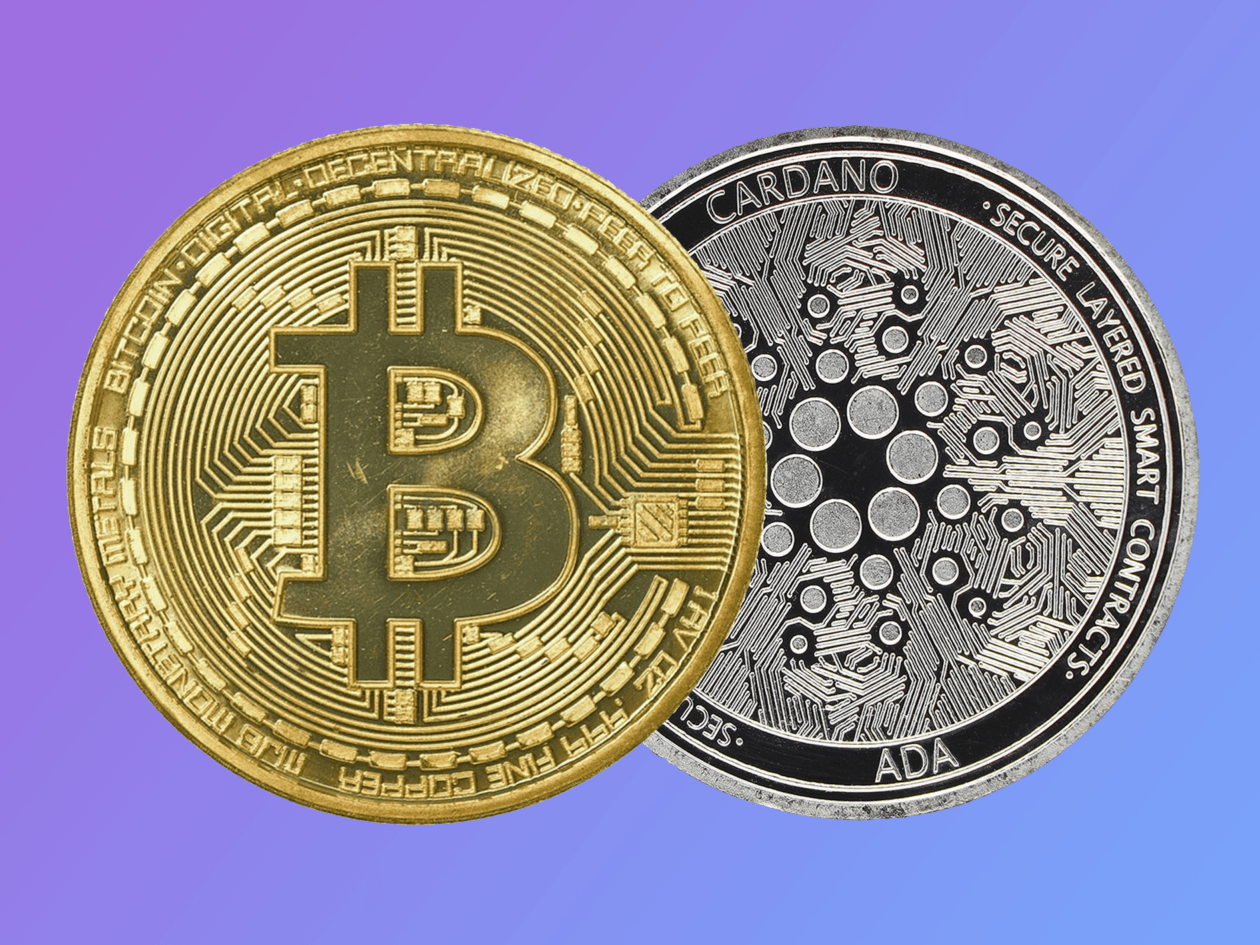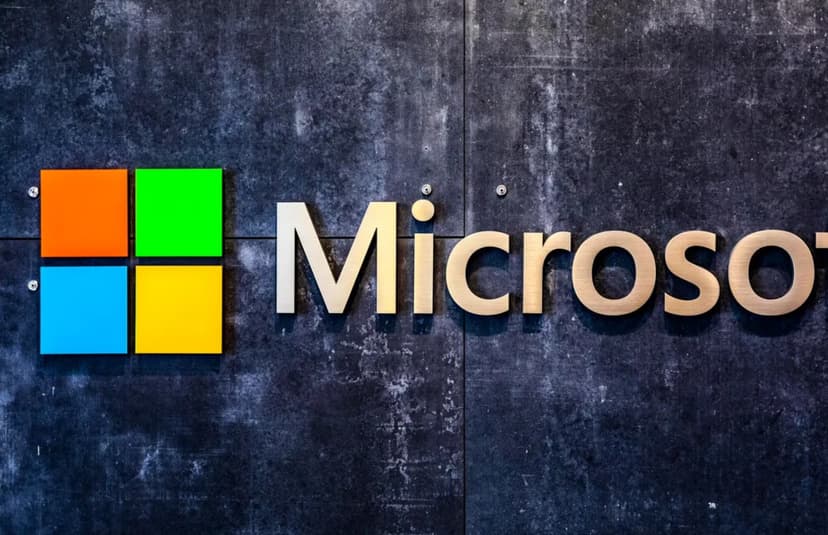The Evolution of Bitcoin and Chainlink’s Oracle Integration

Bitcoin, the pioneering cryptocurrency, has come a long way since its inception in 2008 with the publication of the revolutionary whitepaper titled “Bitcoin: A Peer-to-Peer Electronic Cash System” by the mysterious Satoshi Nakamoto. Over the years, it has gained immense popularity, sparking a digital currency revolution and pushing the boundaries of financial innovation. However, as Bitcoin’s popularity soared, it faced challenges related to scalability and data integration. Enter Chainlink, a decentralized oracle network that offers a solution to these challenges. In this article, we will delve deep into the evolution of Bitcoin and explore how Chainlink’s oracle integration has transformed the cryptocurrency landscape. Bitcoin has been around for years and the craze of it has been still on the rise. Start investing but firstly GO swapitor.com to learn about it from professionals.
The Genesis of Bitcoin
Bitcoin’s journey began with the release of its whitepaper in October 2008. Satoshi Nakamoto, the pseudonymous creator, outlined a vision for a digital currency that would operate without intermediaries, relying on a decentralized ledger called the blockchain. This revolutionary idea laid the foundation for what we now know as Bitcoin.
In January 2009, Nakamoto mined the first block of the Bitcoin blockchain, known as the “genesis block.” This marked the birth of Bitcoin, and it quickly gained a following of early adopters who believed in its potential to disrupt traditional financial systems.
Key Milestones in Bitcoin’s Evolution
Bitcoin’s evolution can be divided into several key milestones:
- The First Bitcoin Transaction (2010): Laszlo Hanyecz made history by using 10,000 Bitcoins to purchase two pizzas, marking the first real-world transaction with Bitcoin.
- Mt. Gox and Exchange Era (2011-2013): Bitcoin exchanges like Mt. Gox emerged, providing platforms for users to buy and sell Bitcoin. However, this era was marred by security breaches and hacks.
- Rise in Popularity (2017): Bitcoin’s price skyrocketed, reaching an all-time high of nearly $20,000 in December 2017, attracting mainstream attention.
The Limitations of Bitcoin
Despite its success, Bitcoin faced significant limitations:
- Scalability Challenges: The Bitcoin network’s transaction processing capacity was limited, resulting in slower confirmation times and higher fees during periods of high demand.
- Data Integration: Bitcoin’s blockchain primarily focused on financial transactions, making it challenging to integrate real-world data into smart contracts.
- Smart Contract Functionality: Bitcoin’s scripting language was intentionally limited for security reasons, limiting its ability to support complex smart contracts.
Chainlink: Bridging the Gap
Chainlink, introduced in 2017, aimed to address these limitations by providing decentralized oracle solutions. Oracles serve as bridges between blockchain networks and real-world data, enabling smart contracts to interact with external information in a secure and tamper-resistant manner.
How Chainlink Works
Chainlink operates through a decentralized network of node operators who retrieve and verify external data. These operators are incentivized by LINK tokens, Chainlink’s native cryptocurrency. When a smart contract needs external data, it sends a request to the Chainlink network, which is processed by multiple nodes. The majority consensus ensures data accuracy, and the results are returned to the smart contract.
The Integration Process
Integrating Chainlink with Bitcoin involves real-world use cases, technical challenges, and solutions:
- Use Cases for Integration: Chainlink’s oracles enable Bitcoin to access real-world data for applications such as decentralized finance (DeFi), insurance, and gaming.
- Technical Challenges: Integrating oracles into the Bitcoin network requires careful consideration of security, data reliability, and privacy.
- Benefits: The integration enhances data reliability, extends Bitcoin’s functionality, and opens up new possibilities for smart contracts.
Case Studies
Several projects have already harnessed the power of Chainlink’s oracle services in combination with Bitcoin:
- DeFi on Bitcoin: RSK, a smart contract platform connected to Bitcoin, uses Chainlink oracles to bring real-world data into its ecosystem. This enables Bitcoin to participate in the DeFi boom.
- Predictive Markets: Augur, a decentralized prediction market platform, leverages Chainlink’s oracles to access external data for its betting markets.
Future Outlook
The integration of Chainlink’s oracle solutions with Bitcoin has profound implications for the blockchain industry’s future:
- Further Integration: As the demand for data integration grows, more projects are expected to integrate Chainlink with Bitcoin, unlocking even more use cases.
- Oracle Evolution: The oracle landscape will continue to evolve, with improvements in data reliability, security, and efficiency.
- DeFi Expansion: Bitcoin’s participation in DeFi is likely to expand, offering new financial products and services to users.
Conclusion
In conclusion, the integration of Chainlink’s oracle solutions with Bitcoin represents a significant milestone in the evolution of blockchain technology. It addresses Bitcoin’s limitations, enhances its functionality, and opens doors to a wide range of applications. As both Bitcoin and Chainlink continue to evolve, their impact on the blockchain industry and decentralized finance is poised to grow, shaping the future of digital finance in the years to come.
Source: Glusea
You Might Also Like

Google’s newest AI model is designed to help study dolphin ‘speech’
Source: Tech Crunch Google’s AI research lab, Google DeepMind, says that it has created an AI model that can help decipher dolphin vocalizations, supporting research efforts to better understand how dolphins communicate. The model, called DolphinGemma, was trained using data from the Wild Dolphin Project (WDP), a nonprofit that studies Atlantic spotted dolphins and their behaviors. Built […]

AI’s Role In Propelling Township Economies Forward
Access to the internet remains a significant barrier for many informal sectors in South Africa. As artificial intelligence (AI) becomes more prevalent, township economies cannot afford to fall behind. Jo Griffiths, founder of Global Innovation Initiative Group that specializes in funding and fostering innovation across Africa, emphasizes that AI could be a game-changer to revolutionize […]

AI Models are Still Not Perfect with Debugging Code According to Microsoft
Source: Tech Crunch AI models from OpenAI, Anthropic, and other top AI labs are increasingly being used to assist with programming tasks. Google CEO Sundar Pichai said in October that 25% of new code at the company is generated by AI, and Meta CEO Mark Zuckerberg has expressed ambitions to widely deploy AI coding models within the social media […]

Crypto News Summary for the first Week of February 2025
Bitcoin’s Volatility: This week, Bitcoin (BTC) experienced significant volatility, dropping to $96,000 after reaching an all-time high of $109,000 in January. The decline has been attributed to several factors including U.S. President Donald Trump’s tariff policies affecting trade with China, Canada, and Mexico. Analysts from Coinpedia suggest that despite the dip, Bitcoin might see a […]








